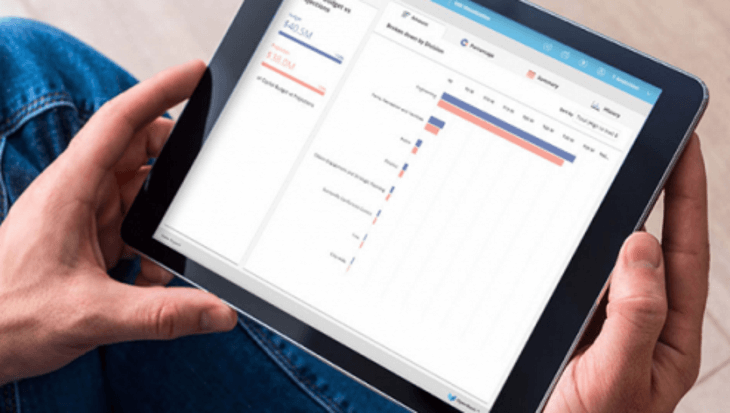In recent years, there has been a significant increase in the number of municipal governments looking for ways to share the task of budget decision making with citizens. Many local governments have been moving beyond legal compliancy and provide platforms for citizens to consider, debate and make decisions about difficult trade-offs in the allocation of public resources.
For example, the City Practice Brief by the National League of Cities (2010) discusses how the City of Brae, CA engaged the community by incorporated citizen input in budget preparation: “In Spring 2008, Brea’s elected officials were faced with the task of eliminating services in order to balance the budget, so they turned to the community to help set priorities. City staff recruited 25 residents for the first dialogue to discuss big picture questions about the budget deficit. The second meeting attracted nearly double the number of citizens. Employing the information gathered from these small group discussions, staff prepared the city’s Five-Year Projection for the City Council.”
Several major U.S. cities and smaller political jurisdictions have joined the City of Brae in exploring how to use participatory budgeting within their communities. These include:
- Boston, MA
- Chicago, IL
- Greensboro, NC
- New York, NY
- Rochester, NY
- Louis, MO
- Vallejo, CA
Plus, some Canadian cities also have inclusive, alternative and interactive public engagement initiatives such as:
- London, ON
- Ottawa, ON
- Calgary, AB
Participatory budgeting is expanding into other areas and has been implemented by schools, state agencies and other public sector organizations. A report on measuring community engagement (OECD, 2007) identifies six motivations for municipalities to engage citizens:
- Informing and educating the public
- Improving government decision-making
- Creating opportunities for citizens to shape policies
- Legitimizing government decisions
- Involving citizens in monitoring outcomes
- Enhancing citizens’ trust in government
Non-expert audiences, however, can be quickly intimidated by the technical presentations and financial language of the budget. They may not be able to find the information they seek in multiple spreadsheet documents or they may misunderstand the information they do find.
Individual members of the public need basic information in a non-technical, understandable form. Tables, charts, graphics and rich media components help to put the information into clearer context. With increased access to technology and use of social media, citizens expect to be able to find quickly and easily search and find out how their tax dollars are spent or more information the plans, projects and issues that matter most to them.
In response to the emerging trend of interactive public engagement in municipal budget preparation, Questica’s public sector-focused budget software experts developed OpenBook, a powerful data visualization tool.
OpenBook allows any time of data to be brilliantly visualized in an array of tables, charts and graphs. With descriptive text, informational pop-ups, filtering and sorting, your key stakeholders can dive in and discover information that was once hidden in a spreadsheet.
With OpenBook’s responsive design, data can be shared through social media, embedded in charts on websites, and accessed through mobile devices. OpenBook also seamlessly integrates with Questica Budget, a web-based budgeting tool that was purposely developed for the public sector and is currently used by over 200 customers.
Attending the GFOA 2017 in Denver?
Stop by our booth (#608) from May 21-23 to for a demo of the Questica suite of products, including OpenBook.
Not attending GFOA 2017?
Take an online demo of Questica Openbook now and find out how your municipality can engage your community.





